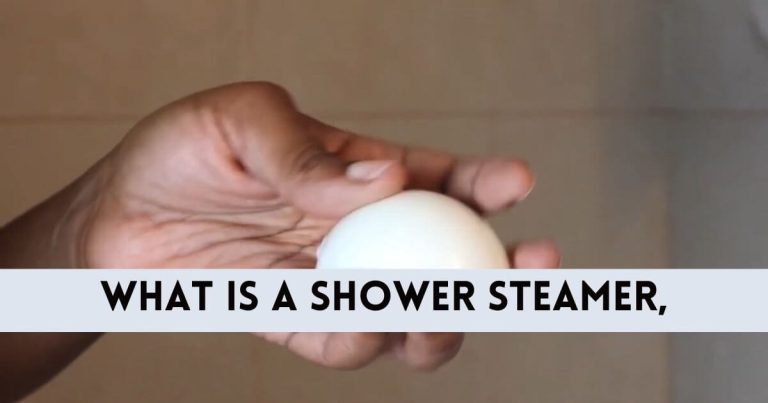How Much Does Crawl Space Vapor Barrier Cost? [Answered]
Installing a vapor barrier in your crawl spaces prevents moisture from permeating through the foundation and into the home. But most people fear it will drain their pockets. So you might want to know how much vapor barrier will cost you before deciding to move forward.
So how much does crawl space vapor barrier cost? Crawl space vapor barrier costs can vary depending on factors such as the size of the crawl space, the thickness of the plastic, and labor costs. On average, a crawl space vapor barrier costs $0.15 to $0.50 per square foot, with an average price of $2 to $4 per square foot for materials and labor. For a 1,500 square foot crawl space, expect to pay $1,000-$3,000 for labor and materials to install a vapor barrier.
Additional expenses such as cleaning, repairs, or moisture remediation can drive the total project price higher. Read on for a complete breakdown of these costs and how to save some.
How Much Does Crawl Space Vapor Barrier Cost?
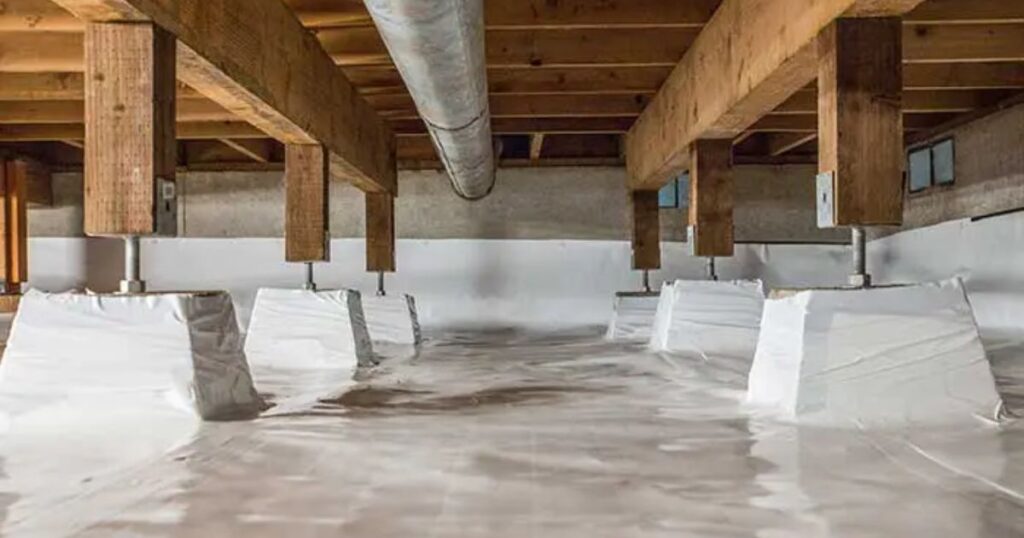
A crawl space vapor barrier is a thin plastic sheet that covers the ground and walls inside a crawl space to block out moisture. The cost of a crawl space vapor barrier varies based on factors such as thickness, material, and labor.
On average, the cost ranges from $0.15 to $0.70 per square foot for the plastic sheeting, with labor costs adding an additional $1.50 to $3.00 per square foot. The thickness of the plastic sheeting ranges from 6 to 20 millimeters, with corresponding average costs per square foot as follows:
- 6 mil vapor barrier: $0.15
- 8 mil vapor barrier: $0.18
- 10 mil vapor barrier: $0.20
- 12 mil vapor barrier: $0.30
- 20 mil vapor barrier: $0.50 to $0.70
The cost per roll of plastic sheeting (1,200 square feet) also varies based on thickness, ranging from $160 to $500. Additionally, vapor barrier sealing tape costs around $120 to $200 for an average crawl space. The total cost of a vapor barrier installation, including materials and labor, averages between $1,200 and $4,000. Thicker sheeting is more durable and thus more expensive, while thinner, inexpensive plastic is more likely to rip and be less effective.
Here is a crawl space vapor barrier cost breakdown:
| Thickness (mil) | Average Cost Per Square Foot | Cost Per Roll (1,200 SF) |
| 6 | $0.15 | $160 – $200 |
| 8 | $0.18 | $200 – $230 |
| 10 | $0.20 | $230 – $300 |
| 12 | $0.30 | $300 – $350 |
| 20 | $0.50 – $0.70 | $350 – $500 |
It’s important to note that the cost of crawl space encapsulation, which includes a vapor barrier, can range from $1,500 to $15,000, depending on the work required. Therefore, the specific cost breakdown for a vapor barrier installation may vary based on the size and condition of the crawl space, as well as the materials used.
How Much Does It Cost To Install Vapor Barrier In Crawl Space?
The cost of installing a vapor barrier in a crawl space can vary depending on several factors, such as the condition of the crawl space, materials used, and project size. The cost of expert vapor barrier installation can range from $1,200 to $4,000, with an average of at least $2,000. The average cost of crawl space encapsulation, which includes vapor barrier installation, is between $1,500 and $15,000, with an average price of $5,500.
The cost of installing a vapor barrier can also vary depending amount of work needed and who is doing the installation. Typically, labor usually ranges from $1.5-$3.0 per square foot, which means for an average-sized crawl space of 1000 square feet, labor costs would be $1,500-$3,000. Additional expenses include securing tapes and accessories. Vapor sealing tapes are applied to seal the seams and edges of the vapor barrier. A standard 180 ft tape costs around $50.
Accessories like casing beads are also used to finish edges against foundation walls. These additional tapes and accessories can amount to $100-200. Permit fees may also apply depending on local regulations. A typical permit fee for a vapor barrier installation is $100-200.
The total cost of installing a vapor barrier in a crawl space will depend on the size and condition of the crawl space, the materials used, and whether you choose to hire professionals or do it yourself. It is recommended to talk to multiple contractors to ensure you don’t pay more than you should.
The table below summarizes common vapor barrier installation costs:
| Factor | Estimated Cost Range |
| Material – Polyethylene Vapor Barrier | $1,000 – $1,500 |
| Labor | $1,500 – $3,000 |
| Sealing Tapes and Accessories | $100 – $200 |
| Permit Fees | $100 – $200 |
| Total Cost | $2,700 – $5,000 |
So, homeowners can expect to pay $1,000-$3,000 on average for materials and $1,500-$3,000 for labor to install a vapor barrier in a typical-sized crawl space. With additional small fees, the total cost to install vapor barrier in crawl space is about $2,700-$5,000. Properly installing a vapor barrier helps prevent moisture issues like mold growth.
Related:
What Factors Affect the Cost of Installing a Vapor Barrier?
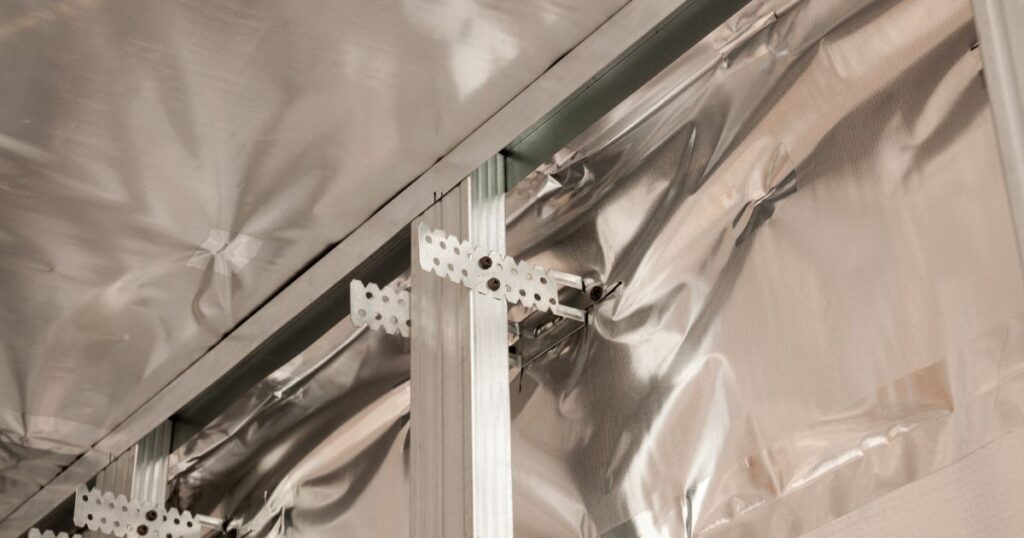
Understanding the various factors that influence the cost of installing a vapor barrier is key to developing an accurate budget for the project. The cost will depend on home and site characteristics like crawl space size, existing conditions, and local climate challenges.
With an awareness of these influential variables, homeowners are better equipped to weigh contractor estimates against their unique needs. Let’s go through each of them:
Crawl Space Size
The size of the crawl space is the major factor in determining the cost of installing a vapor barrier. Larger crawl space areas will require more vapor barrier material in the form of polyethylene sheeting.
As an example, a 1000 square foot crawl space would likely require 3-4 10×25 foot sheets at around $20-25 per sheet. This adds $60-100 to material costs for larger spaces.
In addition to more materials, larger crawl spaces also increase labor costs. It takes more time and effort for workers to properly measure, cut, and secure full vapor barrier coverage in bigger areas.
Labor costs typically range from $15-30 per square foot, so a 1000-square-foot crawl space would incur $1500-3000 for installation labor. For larger spaces over 1500 square feet, installation labor alone could exceed $3000-4500, depending on contractors’ hourly rates.
Properly sealing all seams and edges also takes additional time for larger crawl spaces. Overall, homeowners should expect material and labor costs to increase significantly for any space over 1000 square feet in size.
Crawl Space Condition
The condition of the existing crawl space also influences the cost to install vapor barrier in crawl space. In good-condition spaces where the structure is sound and dry, preparation is minimal before installing a new vapor barrier. Contractors can start installation quickly with minimal repairs. This keeps material needs basic and labor costs lower.
However, crawl spaces that are damaged or moist require more extensive work. Contractors first need to address active moisture issues through drainage improvements or waterproofing. They may also need to treat mold or remove deteriorated wood.
Specialty moisture barrier materials may be necessary as well. This level of remediation and prep work drives up material costs while extending the site’s time.
Damaged crawl space conditions can add hundreds or thousands in expenses to fully prepare the area before vapor barrier placement. Homeowners should budget higher costs for spaces with preexisting moisture issues or structural damage.
Location and Climate
The climate and humidity levels where a home is located factor into vapor barrier installation costs. Houses in wet, humid regions like the Southeast or coastal Northwest inevitably deal with more moisture in crawl spaces. This persistent moisture drives the need for more robust vapor barrier solutions.
Contractors may specify heavier-duty, double reinforced polyethylene sheeting that better resists moisture punctures over time in humid zones. While providing superior protection, these premium sheeting materials can be twice the per-square-foot price of standard polyethylene.
Location may also require permanent ventilation control, dehumidifiers, drainage systems, or waterproofing to fully mitigate moisture. These extra scope additions and more robust materials can greatly elevate project costs for humid region homes compared to dry climate houses needing basic barriers.
Choice of Materials
The type of material used for the vapor barrier can impact the overall cost. Reinforced polyethylene sheeting is generally the most economical option, costing $15-25 per 100-square-foot roll. This material provides an effective moisture seal while staying affordable.
However, some contractors may recommend pricier materials for certain situations. For example, high humidity applications could warrant a double-reinforced polyethylene at $30-40 per roll or a woven polymer mesh barrier around $50-70 per roll. These premium products offer better puncture and tear resistance in tough conditions.
Homeowners need to get quotes comparing material options. Less durable sheeting could require replacement more quickly, negating the initial cost savings. But for standard installations, a single polyethylene layer may suffice.
Weighing material warranties against long-term moisture performance can help determine the best value choice for each unique crawl space. Asking contractors to break out costs per line item allows for easy material comparisons.
Labor Fees
When getting crawl space vapor barrier installation cost estimates from different vapor barrier installation companies, it’s crucial to compare all included costs and services. Relying on the bottom line quote alone can obscure variables like labor rates.
Estimates should transparently list all labor hours required and the hourly billing rate. Standard jobs may range nationally from $50-100 per man-hour, depending on the market. Rates may rise for rushed jobs or specialized work.
Quotes should also outline additional charges. For example, applicable taxes and permit fees, fuel surcharges or travel costs for remote jobs, and insurance/compliance paperwork expenses. Disposal fees for removed materials must be included too.
Only proposals containing full transparent pricing allow for true “apples-to-apples” comparison between contractor options. Getting three in-depth estimates helps ensure the most competitive labor fees.
Additional Potential Costs
Other unforeseen expenses sometimes arise and are part of the crawl space vapor barrier installation cost include associated upgrade costs, for potential crawl space issues discovered during the assessment process.
Common upgrades include correcting minor drainage issues, adding ventilation control, or installing a dehumidifier. More extensive repairs like broken drainage pipes or deteriorated wood framing drive costs higher still. Permit fees or special equipment rentals may also apply.
Careful contractors will identify limitations to their estimates up front. Requesting potential additional cost ranges lets homeowners budget for unexpected upgrades. It also prevents scope creep and change of orders down the road.
Can You Install Vapor Barrier Installation Yourself? Is It Worth It?
Labor savings is the main advantage of a DIY approach. However, it requires time and physical effort to properly measure, cut, and secure the sheeting. Given the tight workspace, homeowners must also have basic construction skills and not be prone to claustrophobia.
Health risks such as exposure to mold or unstable structures also exist. While videos make it seem straightforward, unexpected challenges can easily prolong a weekend project into several weeks if unprepared. Overall labor time for a DIY-er averages 16-24 hours versus 8 hours for a well-equipped contractor using the best techniques.
Perhaps most importantly, a DIY vapor barrier risks being improperly installed and less effective over time if corners are cut, or codes unintentionally violated. Small errors can lead to condensation issues, mold growth, and costly vapor barrier replacement.
For difficult crawl space environments or those susceptible to moisture, professional installation’s safety and performance advantages are often worth the higher $2,000-5,000 total costs compared to a DIY approach.
Conclusion
Installing a vapor barrier in a crawl space effectively reduces moisture build-up and promotes energy efficiency. The installation cost typically ranges from $1,000 to $5,000 for the average 1000-square-foot area depending on existing conditions and location. Factors such as crawl space size, preexisting damage, location and climate, and choice of materials all affect the cost. Hiring a professional for difficult crawl space environments may be worth the extra cost. Otherwise, homeowners can DIY install the vapor barrier for $100 up to $1,000 for supplies and around 16-24 hours of labor.
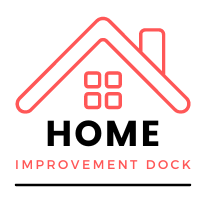
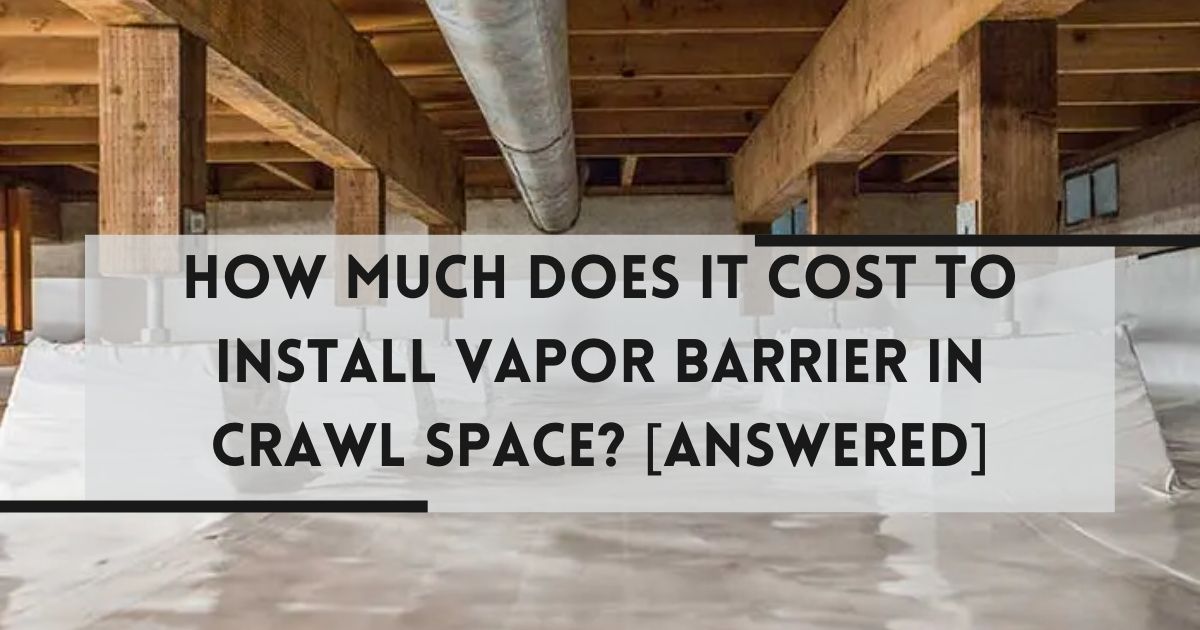
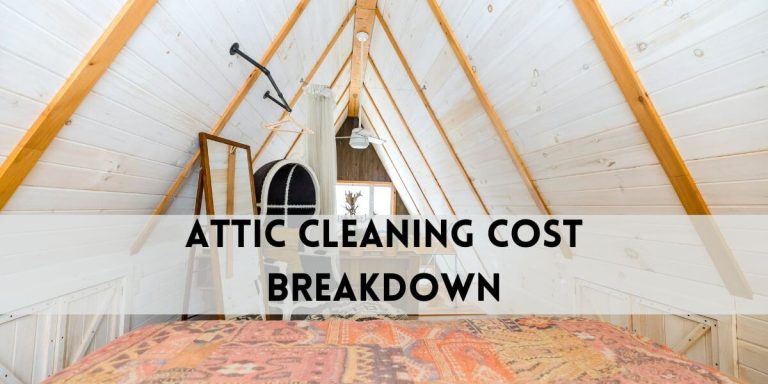



![What Could Be Making Noise in My Ceiling? [Possible Causes and Fixes]](https://www.homeimprovementdock.com/wp-content/uploads/2022/11/Possible-Reasons-and-Solutions-of-Noise-in-the-Attic-or-Ceiling-768x512.jpg)
